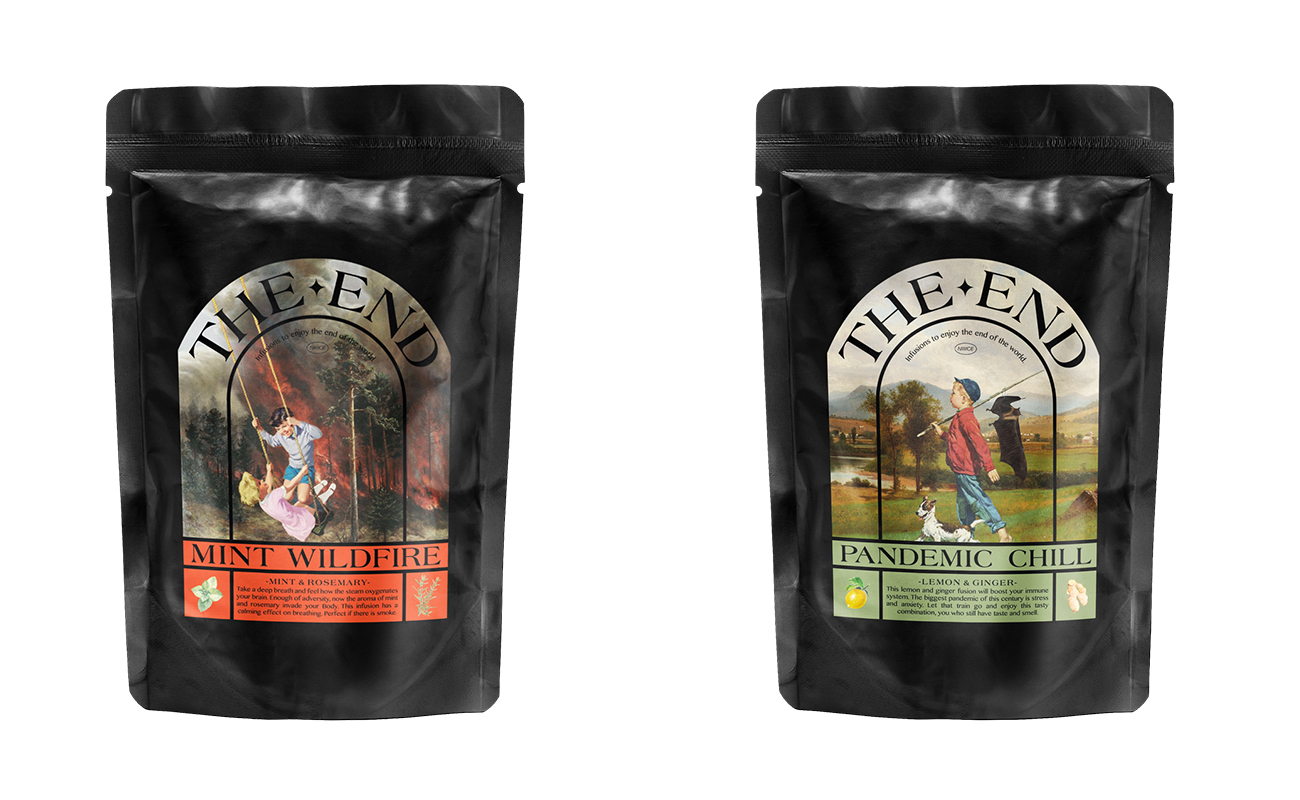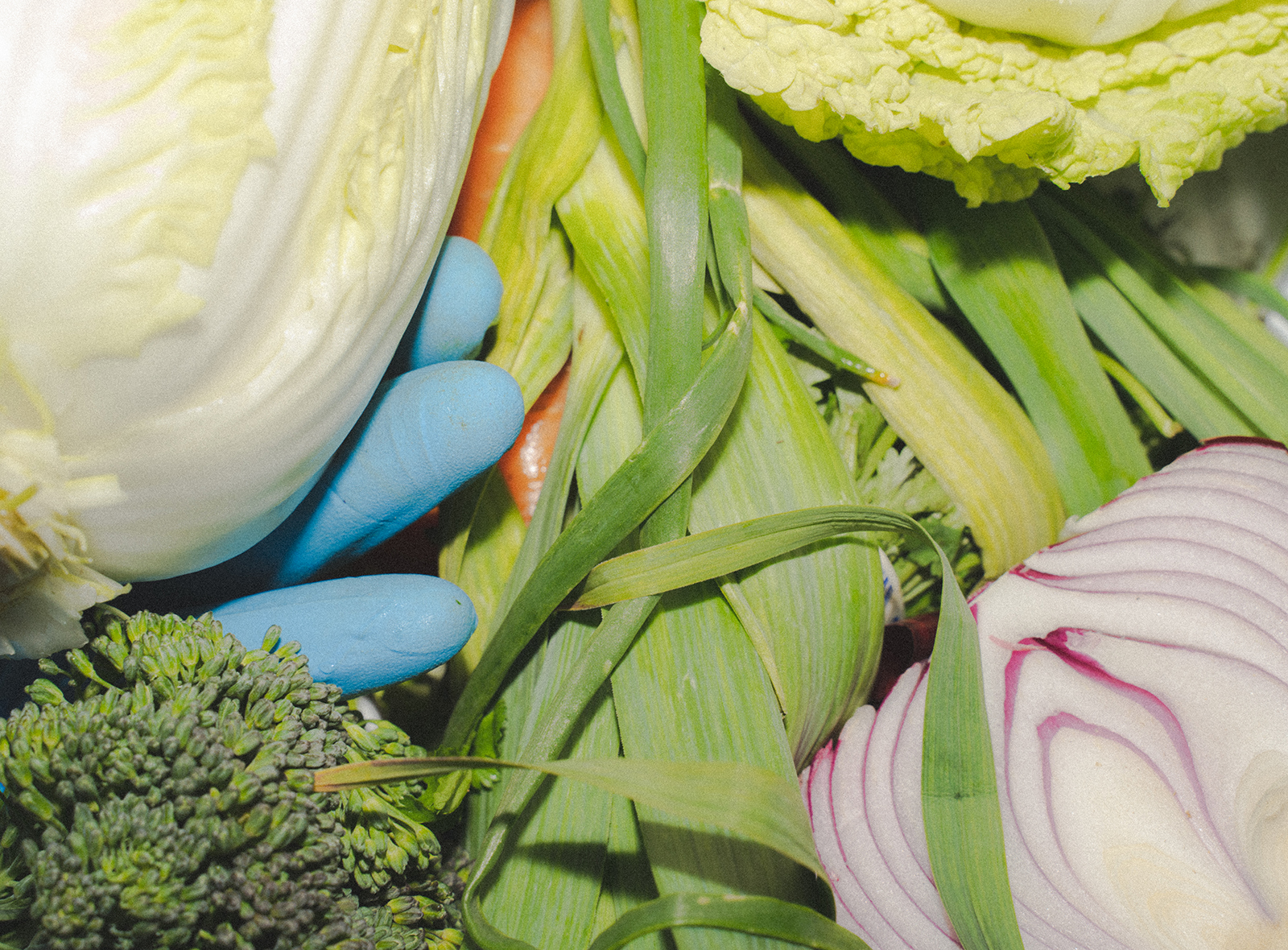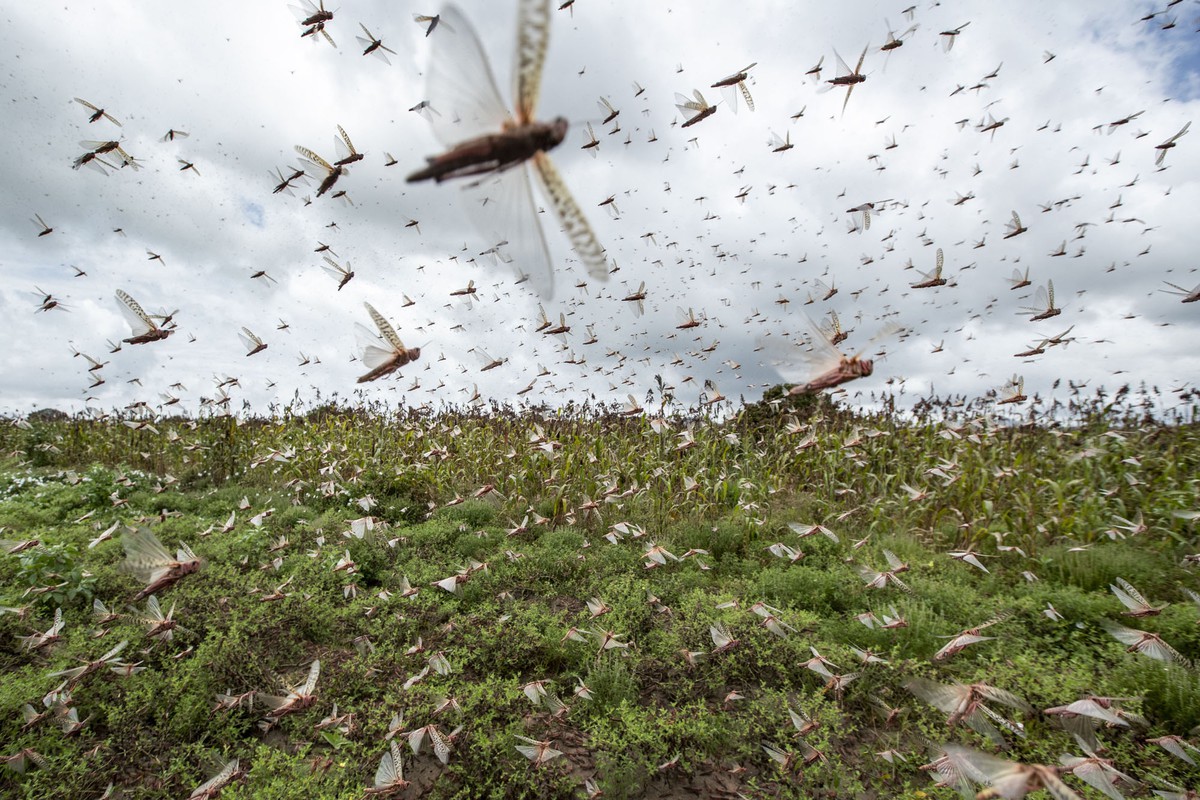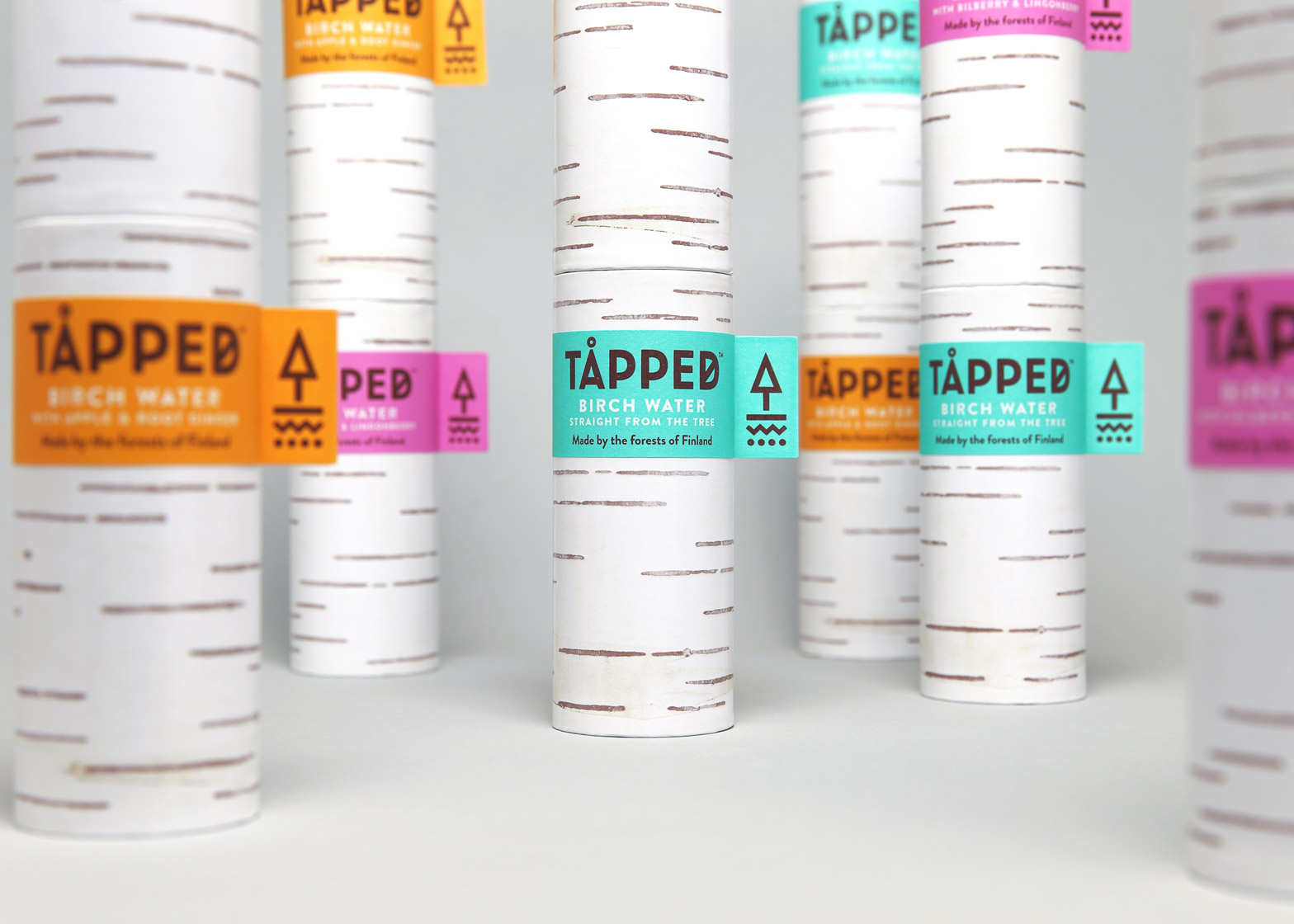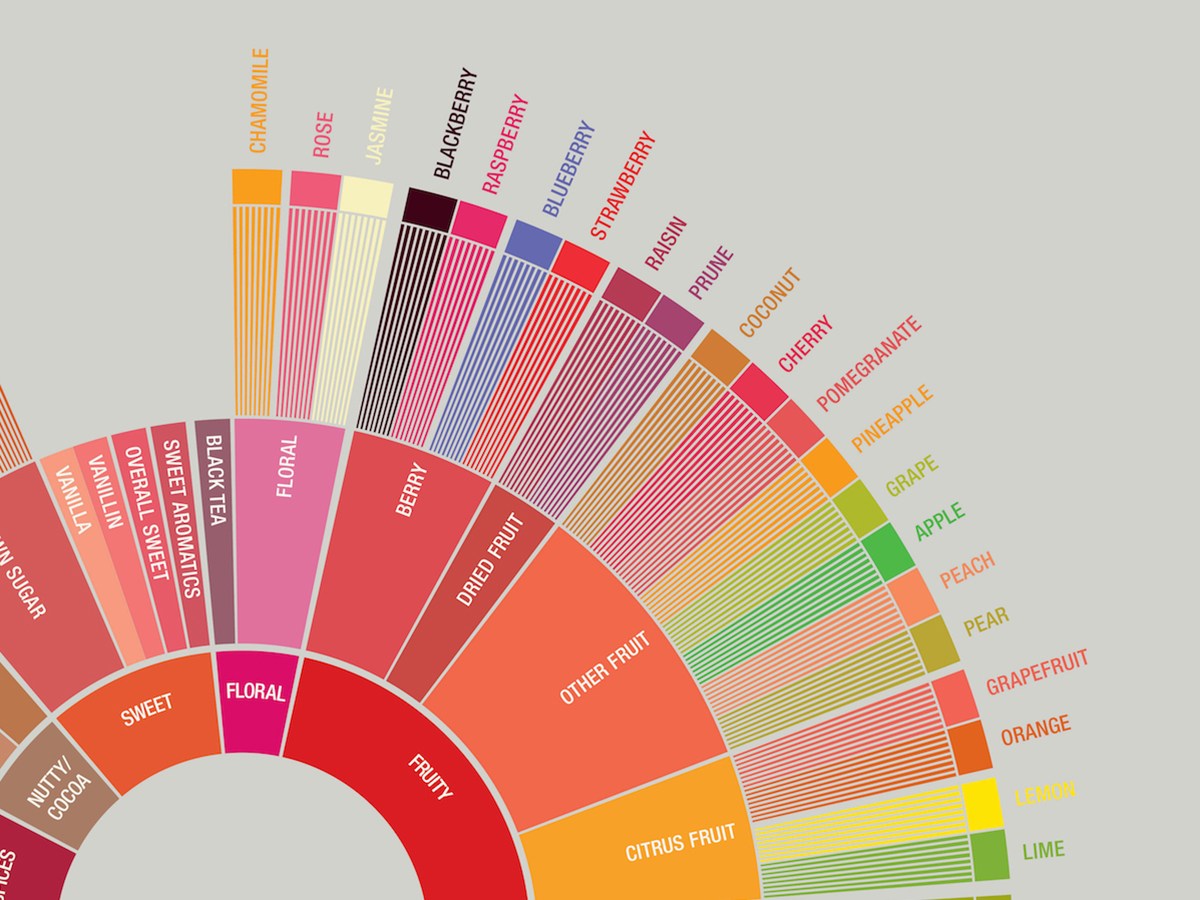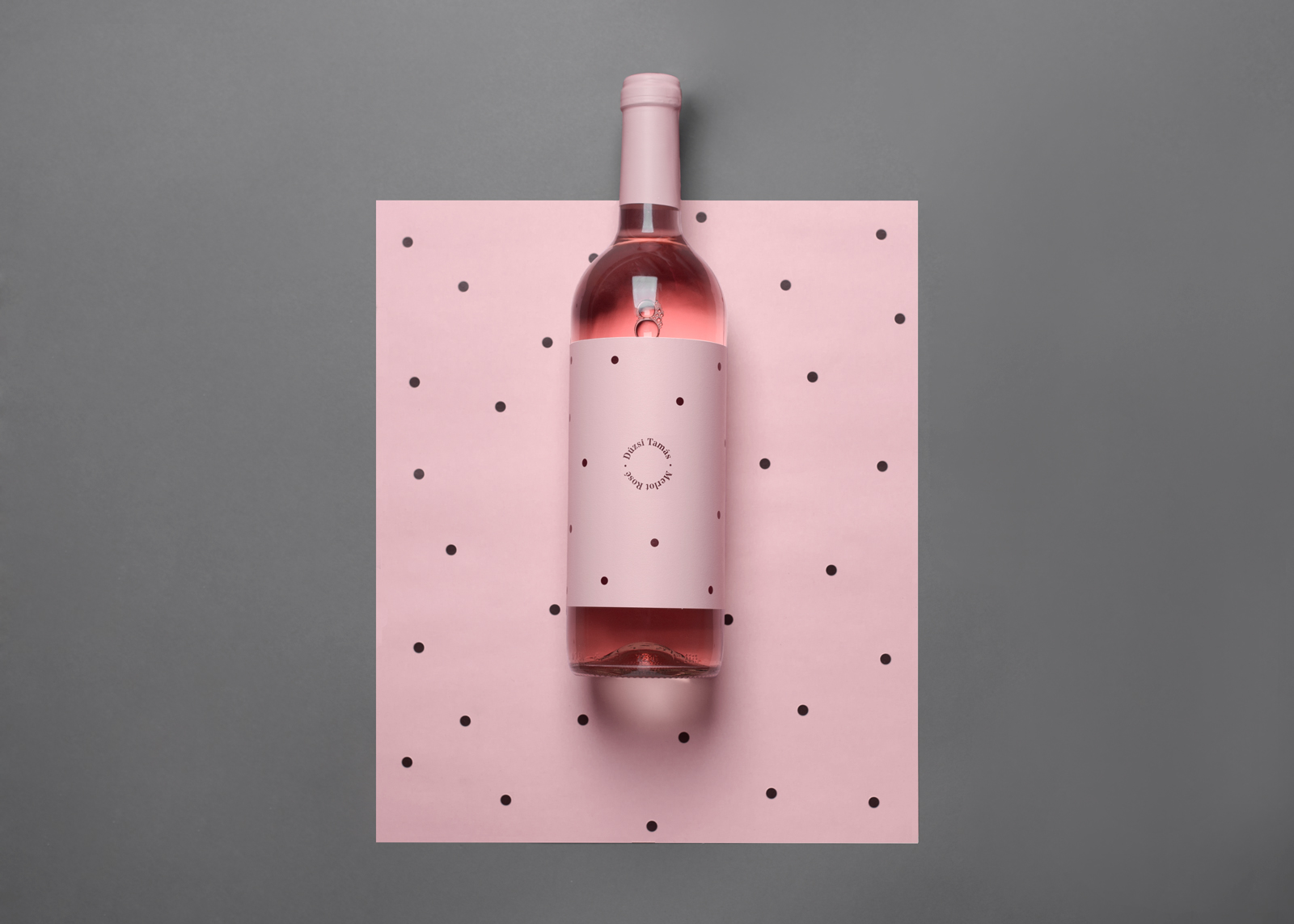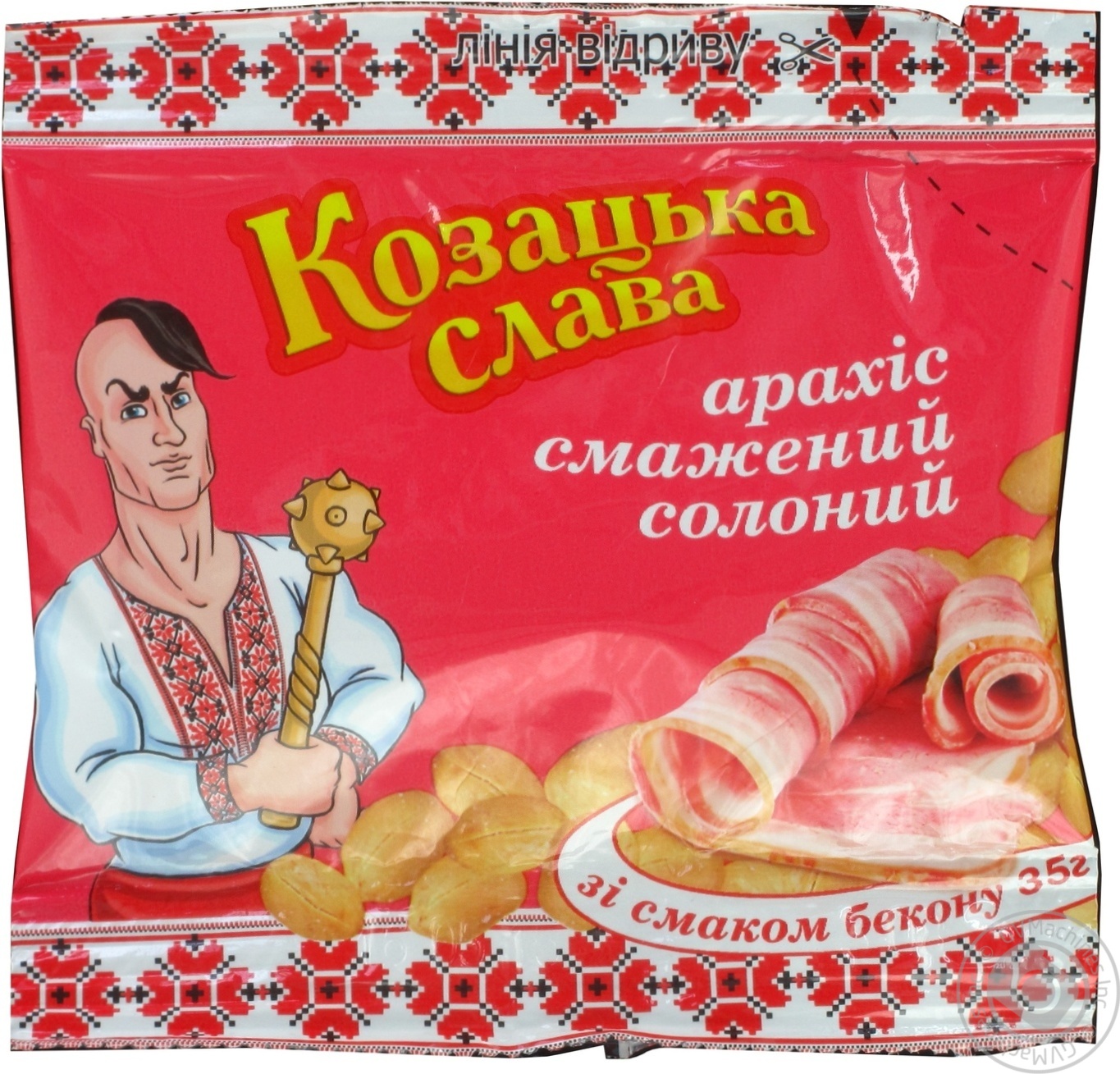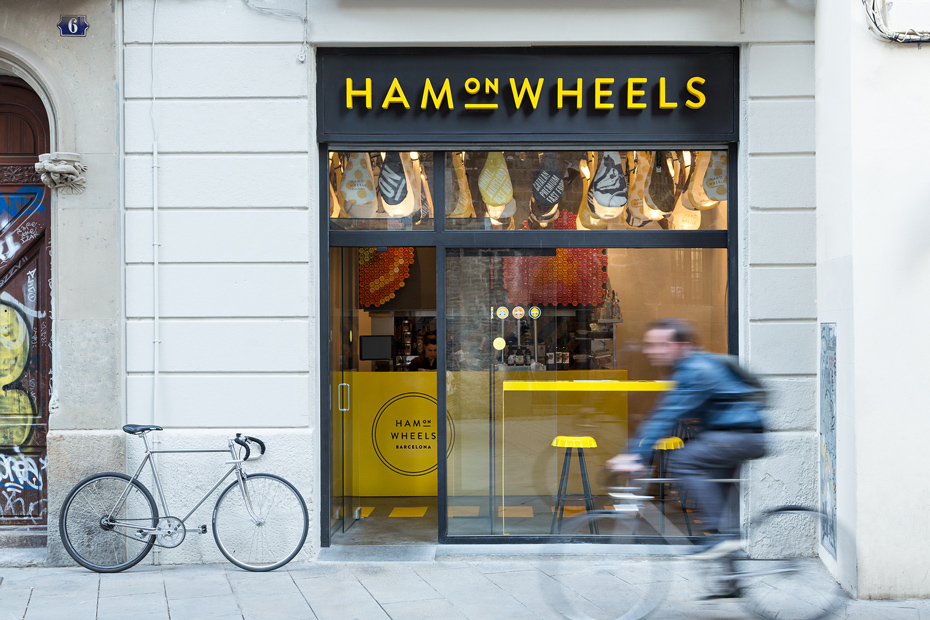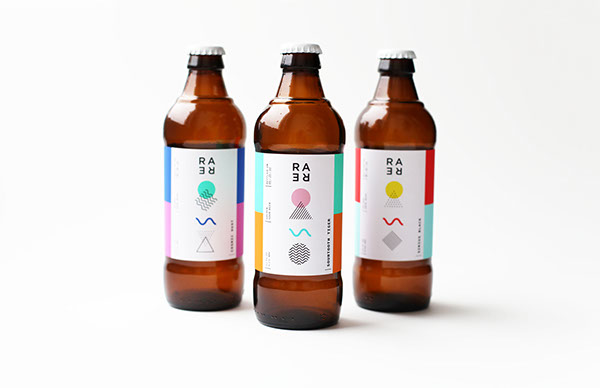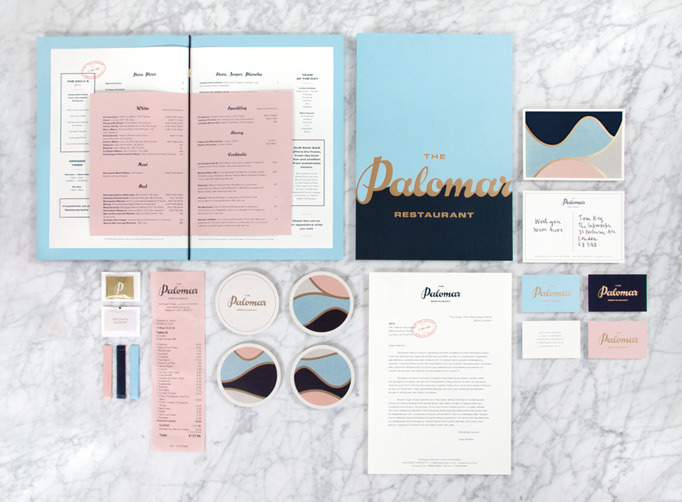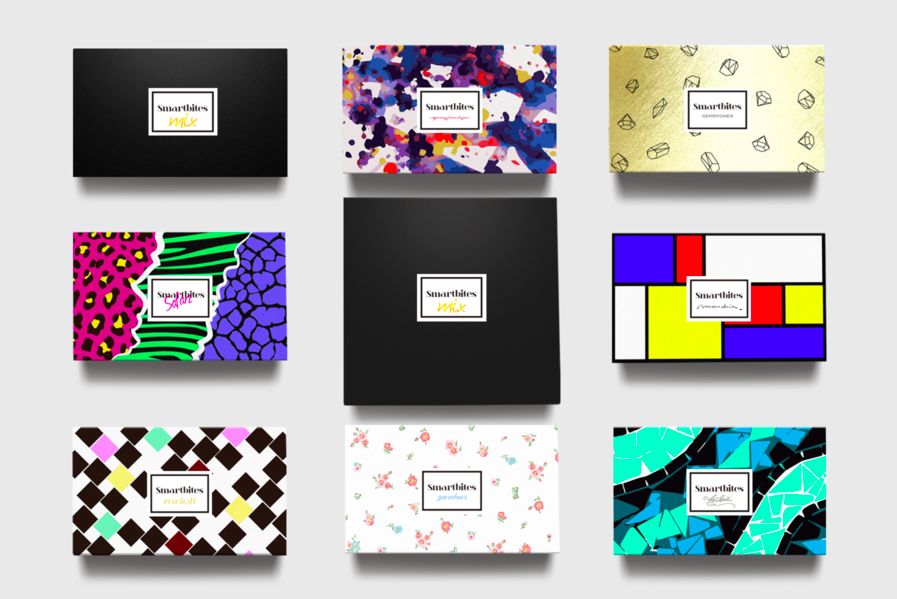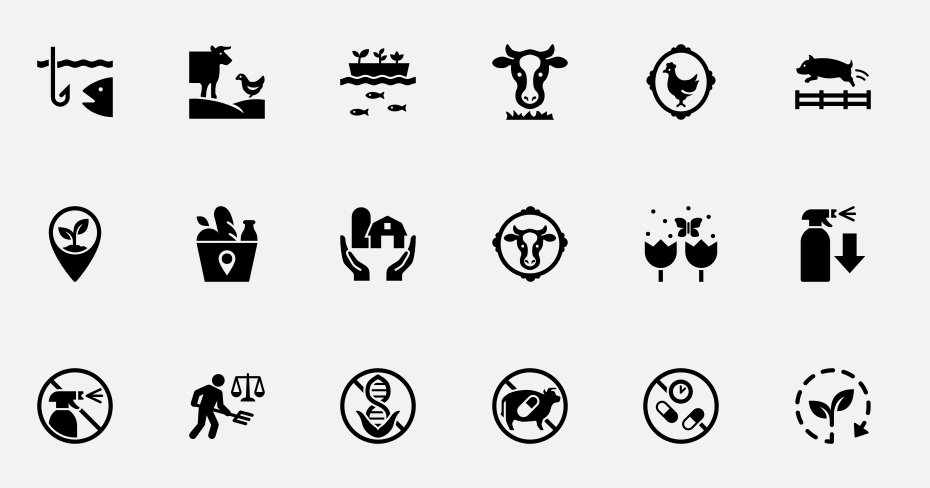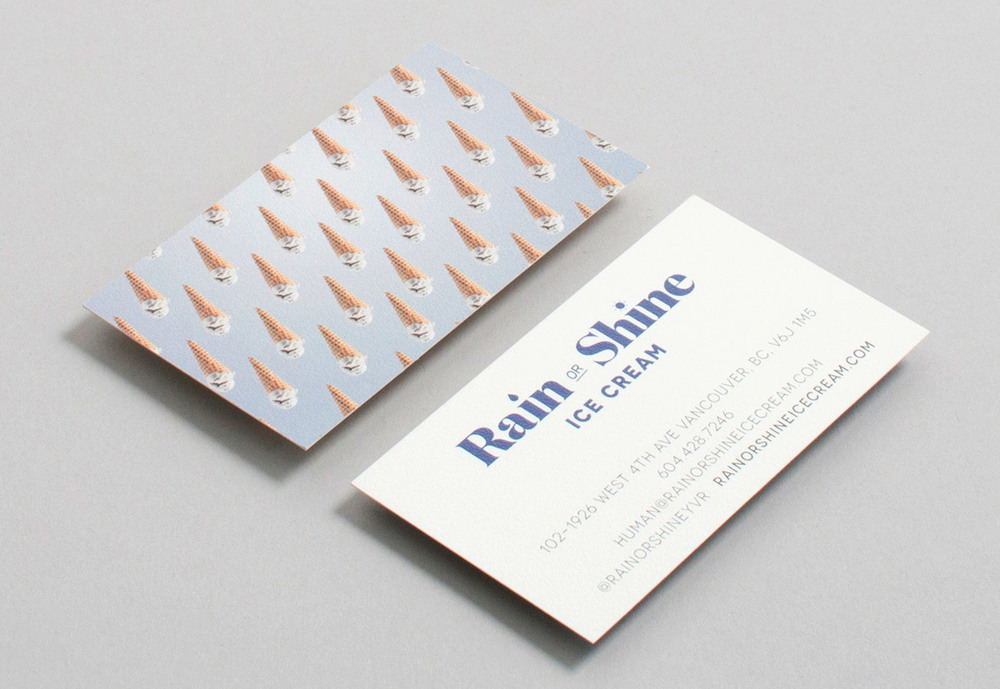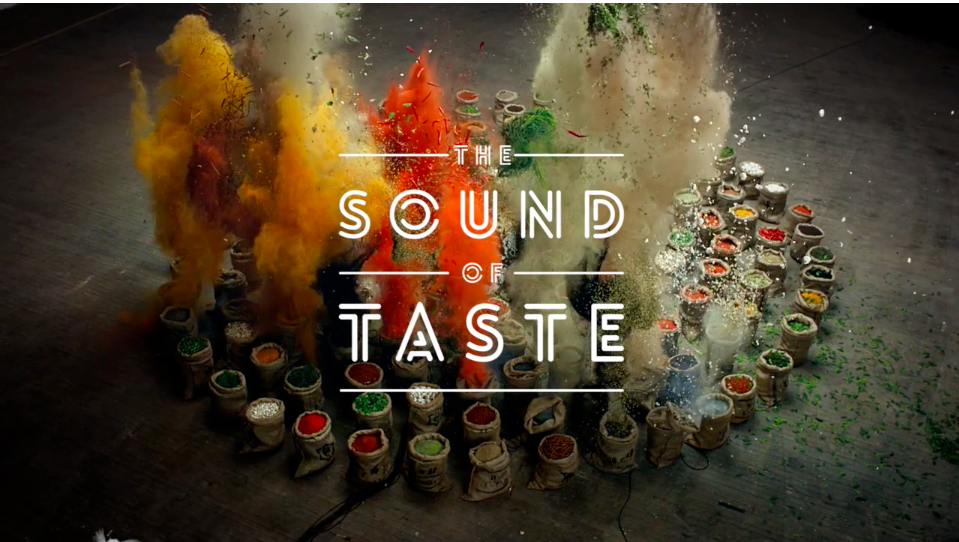If the world was coming to an end what would bring you peace of mind? Would it be a favorite song? A nostalgic photo? A new pair of shoes? A comforting food? It is interesting as a hypothetical, but when the world does sort of seem like it is coming to an end, the question becomes much tougher to answer. But still, a cup of hot tea can go a long way.
Or so suggests, “THE END: Infusions to enjoy the end of the world” a line of tea infusions developed by the marketing agency Niiiiice to bring you peace of mind amid existential catastrophe.. Niiiiice developed the line of teas as a satirical PR project that riffs on the uncanny condition of life in this time. Amidst the COVID-19 pandemic, advertising and branding has commodified the vulnerabilities of people in crisis, creating a shameless spectacle. But, THE END, with it’s idyllically illustrated packaging, and its purely PR intentions, is a cleverly designed joke that contains within its patently absurd messaging a deeper idea about the absurdity of selling contentment in a time of compounding societal crisis.


THE END is coy about the end-of-the-world inducing events that inspired each infusion, but not very subtle. The package for “Pandemic Chill” an infusion of ginger, which depicts a child meandering across the European countryside with a bat hung over his shoulder, is an unmistakable reference to the coronavirus pandemic. “Mint Wildfire”, an infusion of mint and rosemary, calls to mind the increasingly frequent gigafires across the western United States and many other parts of the world. While “Peace Invasion” an infusion of Lavender and Hibiscus, is emblazoned with the image of a giant hornet—a clear nod to the media-hyped “Murder” hornet that was recently found in the United States.
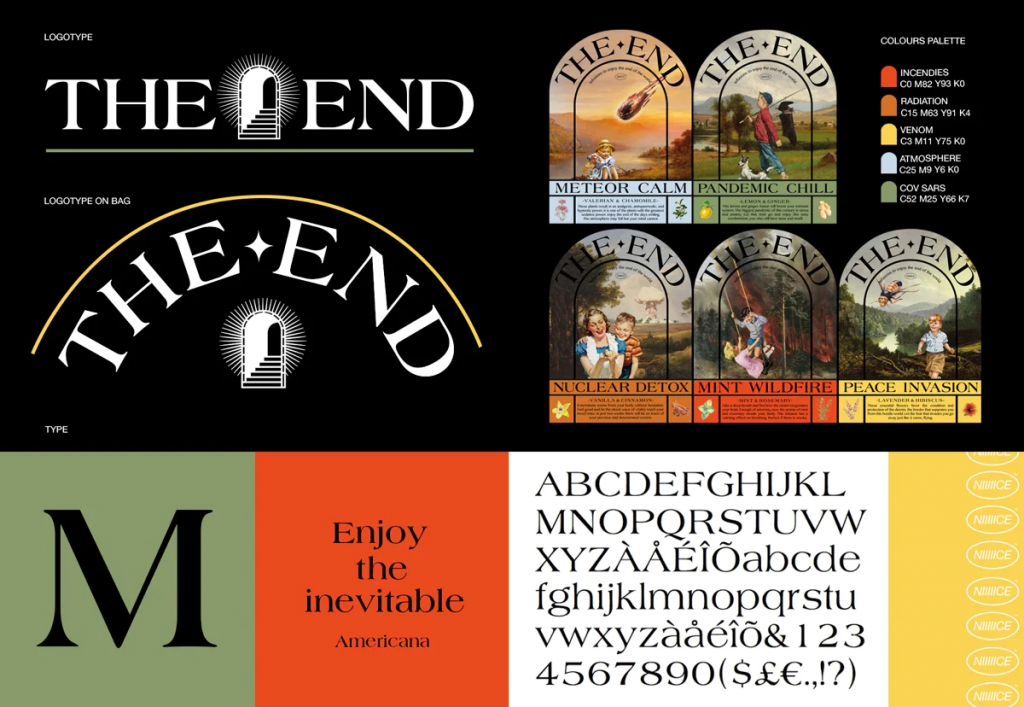
The ominous black pouches that contain the tea are each ornamented with rosy-cheeked children who are playing unencumbered in a picturesque landscape painting that is being disrupted by some catastrophic element. The romanticized landscapes and rich illustrations are juxtaposed against an overt catastrophe—a meteor, a mushroom cloud, a burning forest, making the pseudo-brand’s jocular intent apparent. The idealism of the illustration is exaggerated with outdated imagery that harkens to twentieth-century post-war optimism, making its humor more obvious. Yet the underlying idealism that THE END is making fun of is really not different from the tonal aesthetic of most contemporary packaging design and advertising you might see today in our real global pandemic, in our real climate crisis.
While the humor of the campaign, and the attention it has gained, is obviously the real product of THE END, Niiiiice maintains that “our goal is to give people peace of mind with our product.” The tea, (and other accessories) perhaps do offer the chance at some fleeting sense of comfort. While each of these teas can offer real benefits to your health of body and mind, in the context of the end of the world, real or fictional, the tea leaves are pretty much immaterial.


Today, among the many social, economic, and environmental issues, capitalism ensures that brands keep on trying to convince us to consume more even when the world feels like it is coming to an end. THE END is a nihilistic joke about our collective feeling of hopelessness, with maybe the earnest intent that a cup of tea and a laugh might ease some of the tension. And yet, one can’t help but think that THE END infusions are not all that different than most earnestly designed packaging that we find among consumer products today. Products we don’t need but are far too often all we can afford to find a small sliver of peace.
